Mediums & Grounds Maimeri
-
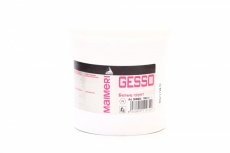 € 23.20
€ 23.20Maimeri Acrilico White Gesso 1000ml
Ideal primer for Maimeri Acrilico colours. It dries in about 30 minutes.
-
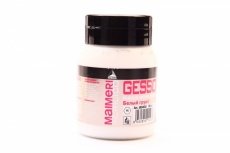 € 11.60
€ 11.60Maimeri Acrilico White Gesso 500ml
Ideal primer for Maimeri Acrilico colours. It dries in about 30 minutes.
-
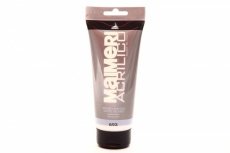 € 6.10
€ 6.10Maimeri Acrilico White Gesso 200ml
Ideal primer for Maimeri Acrilico colours. It dries in about 30 minutes.
-
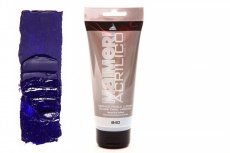 € 9.20
€ 9.20Acrilico Gloss Final Varnish 200ml
Dense acrylic varnish, it protects the painting and increases the brilliance of colours. Apply when the colour is dry, slightly diluting.
-
 € 9.20
€ 9.20Maimeri Acrilico Iridescent Paste 200ml
Acrylic white iridescent paste, containing large mica flakes. It can be applied with knife or brush. Mixed with colours it increases their volume and pearlescent effect.
-
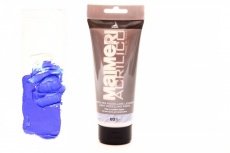 € 9.20
€ 9.20Maimeri Acrilico light modelling paste 200ml
Very light white paste, can be mixed with acrylic colors, it tends to whiten, soften the tone of colours. Ideal for thick painting techniques. It can be modelled with knife or brush.
-
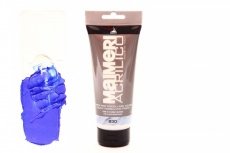 € 9.20
€ 9.20Maimeri Acrilico heavy modelling paste 200ml
Thick white paste, can be mixed with acrylic colors, it tends to whiten, soften the tone of colours. Ideal for thick painting techniques. It can be modelled with knife or brush.
-
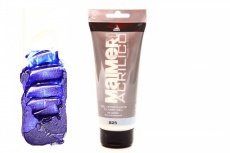 € 9.20
€ 9.20Maimeri Acrilico Gloss Gel 200ml
Very gloss and hard gel for acrylic colours. Added to colours it makes them harder and more resistant.
-
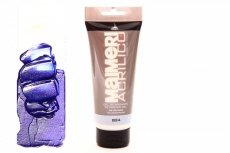 € 9.20
€ 9.20Maimeri Acrilico Retarding Gel 200ml
Acrylic transparent gel. It extends the drying time of acrylic colours and increases brilliance of colours.
-
 € 9.20
€ 9.20Maimeri Acrilico Mat Heavy Gel 200ml
Acrylic matt heavy gel. Ideal for thick painting techniques, it increases viscosity and transparency of colours and provides a matt finish.
-
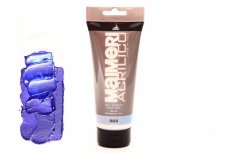 € 9.20
€ 9.20Maimeri Acrilico Mat Gel 200ml
Acrylic mat gel. It provides a mat finish and increases transparency of colours.
-
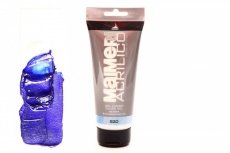 € 9.20
€ 9.20Maimeri Acrilico Gloss Gel 200ml
Acrylic transparent gel. It increases brilliance and transparency of colours.
-
 € 9.20
€ 9.20Maimeri Acrilico Gloss Heavy Gel 200 ml
Acrylic transparent heavy gel. Ideal for thick painting techniques, it increases viscosity, brilliance and transparency of colours.
-
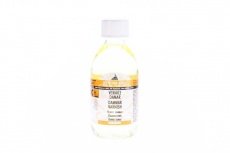 € 17.40
€ 17.40Maimeri picture varnish 250ml
Final varnish combining the flexibility and hardness qualities of its components. It can also be used for other mediums.
-
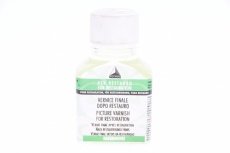 € 8.50
€ 8.50Maimeri Final Varnish for resoration 75ml
Composition
Ketonic resin (50%) Isoparaffin hydrocarbons
Characteristics
Delicately applied, this varnish avoids the removal of Varnish colours for restoration. Thin with the Thinner for restoration.
-
 € 31.40
€ 31.40Maimeri concentrated mastic varnish 75ml
Highly priced natural varnish of traditional use. Very flexible. To use as addition to restoration colours.
-
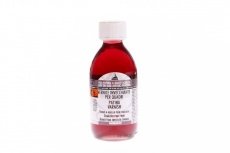 € 24.00
€ 24.00Maimeri Patina Varnish 250ml
Composition
Urethane oil and Alkyd resin (56%) White spirit Drying agents
Characteristics
Fatty amber finish, giving the painting an antique look. It is used as undercoat for the Picture cracking finish. It yellows in time.
-
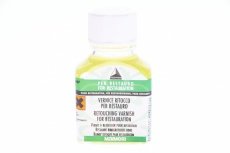 € 8.20
€ 8.20Maimeri retouching varnish for resouration 75ml
Very fast drying, light varnish for retouching and restoration. Moderately shiny, it does not yellow.
-
 € 13.80
€ 13.80Maimeri picture cracking varnish 250ml
Amber solution, ready to use. Brush over the surface treated with the Patina varnish. Once the cracks are formed and blackened, apply another coat of Patina varnish. Temperature and humidity of the environment affect the size of the cracks.
-
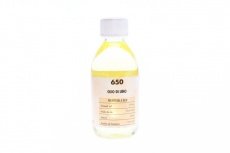 € 12.10
€ 12.10Maimeri Linseed Oil 250ml
Drying oil, it has the tendency to yellow. Good drying quality. Used as medium, increases the brightness and glossiness of the colour, spreads the brush stroke, so reducing its marks.
-
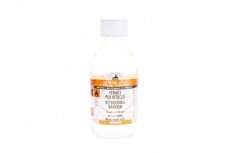 € 16.30
€ 16.30Maimeri retouching varnish 250ml
Light final varnish. Suitable to remove mat areas formed on unfinished areas, while painting. Medium drying time. It is also used as final varnish, when little gloss is required.
-
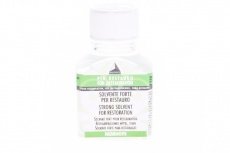 € 21.60
€ 21.60Maimeri Strong Solvent for restoration 75ml
Composition
Amyl acetate Aromatic hydrocarbons Ethyl acetate Isopropyl alcohol
Characteristics
Similar to aromatic solvents, this powerful solvent is definitely less toxic. Particularly indicated for removing natural resin varnishes.
-
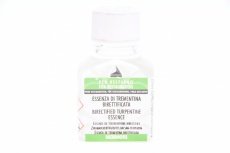 € 5.40
€ 5.40Maimeri Rectified Turpentine Essence 75ml
Composition
Essential oil extracted from conifer buds
Characteristics
It has the same features of Turpentine essence, but it is further processed and distilled, till is free of impurities.
-
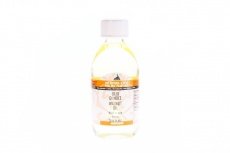 € 24.30
€ 24.30Maimeri Walnut Oil 250ml
Similar properties to linseed oil, but it does not yellow. Good drying power, increases the brightness of colours.
-
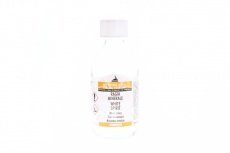 € 11.10
€ 11.10Maimeri White Spirit 250ml
Thinner with good solvent power for oil colours and varnishes. Very slow evaporation. Suitable also for cleaning brushes and palettes.